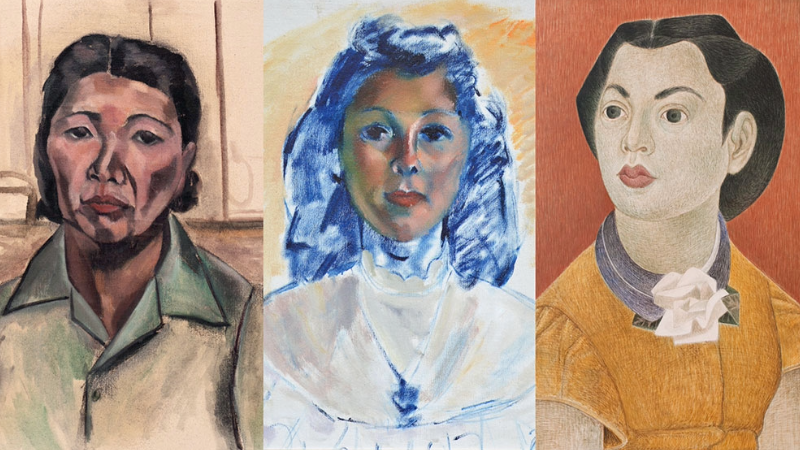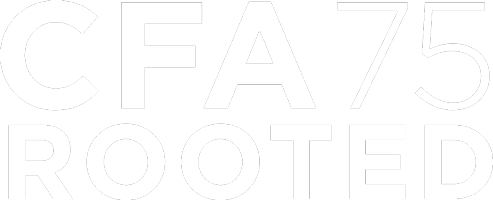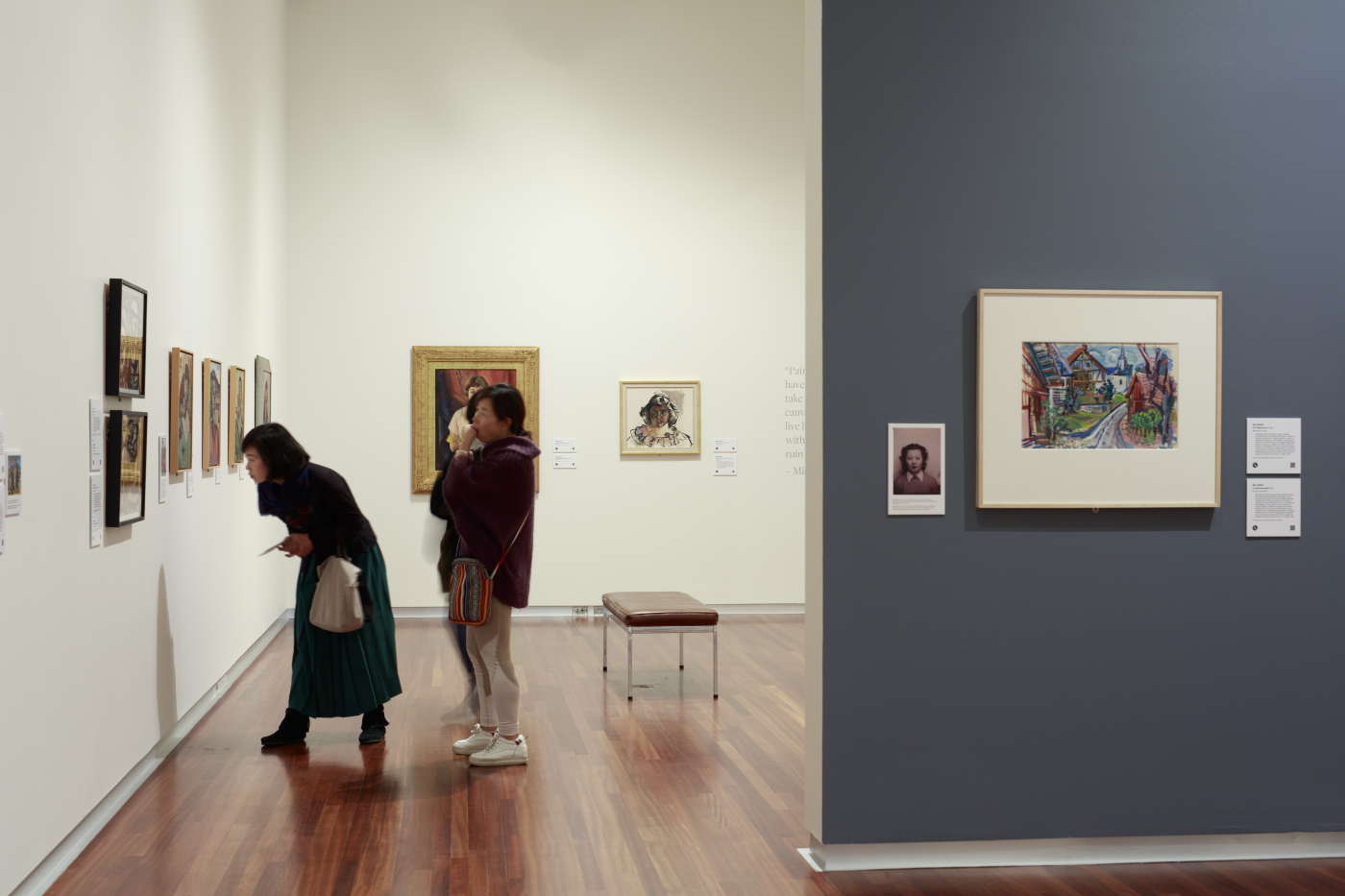By Ashley Jian Thomson
The Utah Museum of Fine Arts just unveiled a new exhibit, “Pictures of Belonging: Miki Hayakawa, Hisako Hibi, and Miné Okubo.” On display through June 30th, this collection follows three female artists of Japanese descent through their personal and artistic journeys before, during, and after World War II.
Although World War II history in America is not a new topic to most viewers, they may not be familiar with the particular names of Miki Hayakawa, Hisako Hibi, and Miné Okubo. Dr. ShiPu Wang, Exhibition Curator and Professor of Art History at UC Merced shared possible reasons why: “For a lot of artists, if you are not collected by museums, there's no access. Then you don't get studied because nobody would know what your work looked like. If you are not represented by a commercial gallery, then there's no market. If your estate is not actively selling works or circulating them, you don't get name recognition. None of them [Hayakawa, Hibi, and Okubu] had that; it’s basically [their] families preserving the works.”
"'Belonging’ is really an active word. It is to say that, look at history. They [the artists] belong because they were making art and physical things to take up space, to be visible, to be part of the community. So they were using art also a way to affirm their belonging.”
While taking time to contact the families was a heavy lift, taking time to go through and unwrap each artwork was another. Dr. Wang is an independent curator who works without a team. He shared, “It's not just a simple matter of walking into a storage room and you can see all the paintings. They’re everywhere. So you have to unpack everything. And I, being meticulous, wanted to unwrap it the right way. And then you have to rewrap it the right way. So every visit is three hours straight, four hours straight. And that's not enough and so you have to keep going back. And so, understandably, for a lot of museum curators, that's a lot of commitment.”
 Self-portraits by Miki Hayakawa, Hisako Hibi, and Miné Okubo
Self-portraits by Miki Hayakawa, Hisako Hibi, and Miné Okubo
Left: Hisako Hibi, Study for a Self-Portrait, ca. 1944. Japanese American National Museum 99.63.1; Middle: Miki Hayakawa, Untitled (Woman with Blue Hair), ca. 1930s. Oil on canvas, 18 x 19.25 in. Collection of Richard Sakai; Right: Miné Okubo, Portrait Study, ca. 1937. Tempera on panel, 23.5 x 19.5 in. SAAM
However, Dr. Wang’s dedication to uncovering the works of Hayakawa, Hibi, and Okubo stemmed from the artists themselves and he explained why he kept going back, “I am inspired by their stories because they had such long careers and they [remained] committed.” The discovery of their work and the stories told through their art was justification in itself.
In addition to the framed paintings, Dr. Wang thought it was important to show the artists’ notes and sketches to allow viewers to have more context to process the work. Museum goers can study the drawings, then immediately look up to see the finished artworks hanging above.
Regarding interest surrounding this collection, Dr. Wang reports, “I’m really happy to see that in the field of American art, there are a lot of curators and museums that are now paying attention.” Besides the UMFA, who is the first stop along this national tour, the Smithsonian American Art Museum has accepted the exhibition, as well as, Stanford’s Cantor Art Museum in California, which has The Asian American Art Initiative (AAAI). “This show is to bring out that rich history and say, ‘What's going on? Let's think about it.’ ‘Belonging’ is really an active word. It is to say that, look at history. They [the artists] belong because they were making art and physical things to take up space, to be visible, to be part of the community. So they were using art also a way to affirm their belonging.”
In order to best appreciate this gallery, Dr. Wang recommends, “The best kind ofexperience…is to be surprised. You go in and you explore and you find things, because an exhibition like this is not meant to tell. It is an open invitation, and personally, I like that kind of exhibition.”
On Wednesday, March 13th at 6 PM in the Dumke Auditorium, please join us for a presentation and conversation with Dr. ShiPu Wang, curator of the special exhibition “Pictures of Belonging: Miki Hayakawa, Hisako Hibi, and Miné Okubo.” A Q&A will follow the talk.
Pictures of Belonging: Miki Hayakawa, Hisako Hibi, and Miné Okubo
Now through June 30, 2024
Utah Museum of Fine Arts
Marcia and John Price Museum Building
410 Campus Center Drive
Salt Lake City, UT 84112-0350
Closed Mondays
Tues, Thurs-Sun 10a–5p
Weds 10a–8p
UMFA members, U students, staff, and faculty | FREE
More ticketing information at https://umfa.utah.edu/admission


